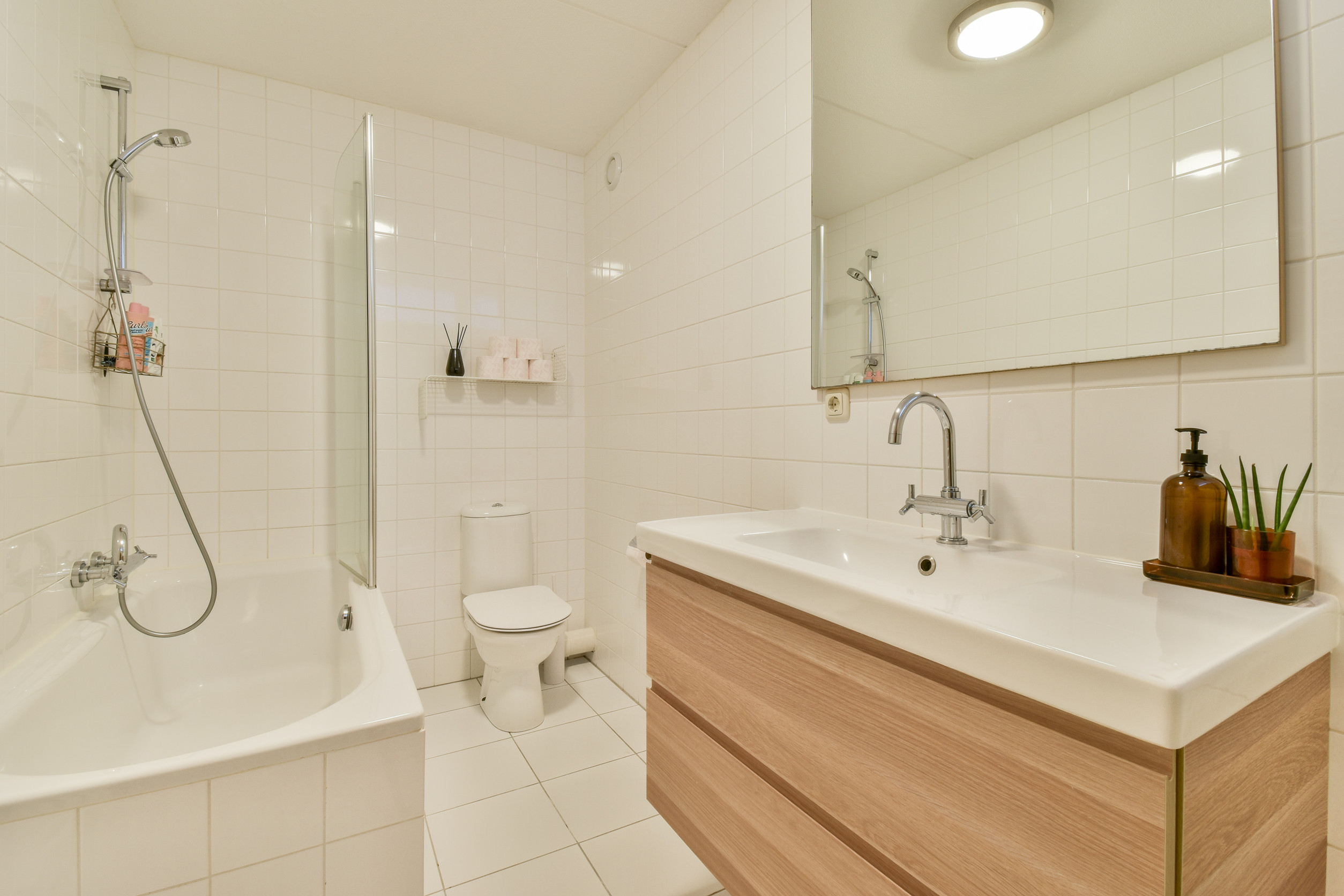When it comes to homeownership, it’s tempting to cut corners on repairs and upgrades. After all, Pinterest hacks and DIY shortcuts promise “instant upgrades” that supposedly save money. The truth? Many of these so-called budget fixes not only fail to impress buyers but can actually shrink your home’s resale value.
The wrong paint, flooring, or curb appeal “solution” could mean losing thousands when it’s time to sell. Let’s break down the eight common mistakes that seem smart at the moment but sabotage long-term value.
1. Painting Over Problems Instead of Fixing Them
A quick coat of paint feels like the easiest fix for everything from water stains to cracked drywall. The problem is, buyers and inspectors see right through it. Covering up damage signals that the home might have hidden issues, which instantly raises red flags. Fresh paint over mold, leaks, or structural cracks can lead to suspicions of neglect. Instead of improving your home, this shortcut reduces trust and lowers perceived value.
2. Cheap Peel-and-Stick Flooring
Peel-and-stick tiles or faux wood planks might look appealing in a discount aisle, but they rarely stand the test of time. Edges curl, patterns fade, and seams pop up in high-traffic areas. Buyers who spot these cut-rate materials immediately calculate the cost of ripping them out. Floors are one of the first things people notice when they walk into a house. Low-quality flooring screams temporary and cheap, which pushes value down.
3. DIY Popcorn Ceiling Cover-Ups
Popcorn ceilings are already considered outdated, but slapping a thin coat of paint or poorly applied plaster only makes things worse. These quick fixes often highlight texture inconsistencies and create a sloppy look. Worse, if asbestos is present, a careless DIY job could cause safety concerns. Buyers associate popcorn ceilings with extra work and cost to remove. Instead of seeing “improvement,” they see an expensive problem waiting to be solved.
4. Over-the-Top Landscaping Shortcuts
Throwing down artificial turf or gravel instead of addressing lawn care may seem like a money saver. Unfortunately, these quick fixes rarely age well and often create drainage problems. Buyers want low-maintenance yards, but they also expect healthy greenery and functional outdoor spaces. Overdoing garden gnomes, plastic fencing, or fake plants can feel tacky and uninviting. First impressions matter, and cheap landscaping shortcuts make buyers think about hidden neglect.
5. Slapping on Cabinet Stickers and Contact Paper
Covering old cabinets with adhesive vinyl or faux finishes seems like a clever way to freshen a kitchen. The problem is that buyers can instantly spot the difference between real upgrades and budget disguises. Peeling corners, bubbles, and mismatched seams look messy and unfinished. A kitchen is one of the most valuable rooms in a house, and buyers don’t forgive cheap workarounds. What feels like a quick fix can actually highlight how much updating is still needed.
6. Quick Bathroom “Refreshes” with Plastic
Bathrooms are another high-value space where shortcuts backfire. Plastic panels glued over old tiles or stick-on backsplash sheets never pass for real upgrades. Moisture quickly warps adhesives, leaving gaps and mildew stains. Buyers expect solid surfaces that last, like ceramic tile or stone, not a weekend DIY patch. A cheap bathroom refresh ends up emphasizing flaws instead of creating the spa-like feel buyers crave.
7. Painting Over Wood Features
Many older homes boast natural wood trim, doors, or built-ins that add charm and character. While it may feel trendy to paint everything white, poorly done paint jobs strip away value. Sloppy strokes, drips, and uneven coverage ruin the timeless appeal of wood. Restoring original wood often costs more than leaving it alone, so buyers see painted-over details as a loss. What seemed like an upgrade can actually erase a selling point.
8. Installing Low-End Fixtures Everywhere
Swapping outdated light fixtures, faucets, and hardware seem like a smart way to modernize a space. But going for the cheapest option rarely pays off. Flimsy finishes, buzzing lights, and wobbly faucets feel disposable. Buyers notice when materials lack weight and quality, and it influences their overall perception of the home. Instead of feeling updated, the house feels like it cut corners on the details that matter.
Smart Fixes Beat Cheap Tricks
Not all home improvements are created equal and sometimes saving a buck cost much more in the long run. Quick fixes and budget disguises may feel like clever solutions, but they leave lasting impressions that buyers translate into lower offers. Quality, durability, and thoughtful updates always win over shortcuts and cover-ups. A house that shows care, even in small details, carries more trust and value.
What’s your take on these “fixes”? Share your thoughts or comment below—what home improvement mistake do you think hurts value the most?
Read More
No Fee Checking Accounts: A Smart Move for Property Investors
6 Real Estate Tricks That Hide the True Cost of Buying


